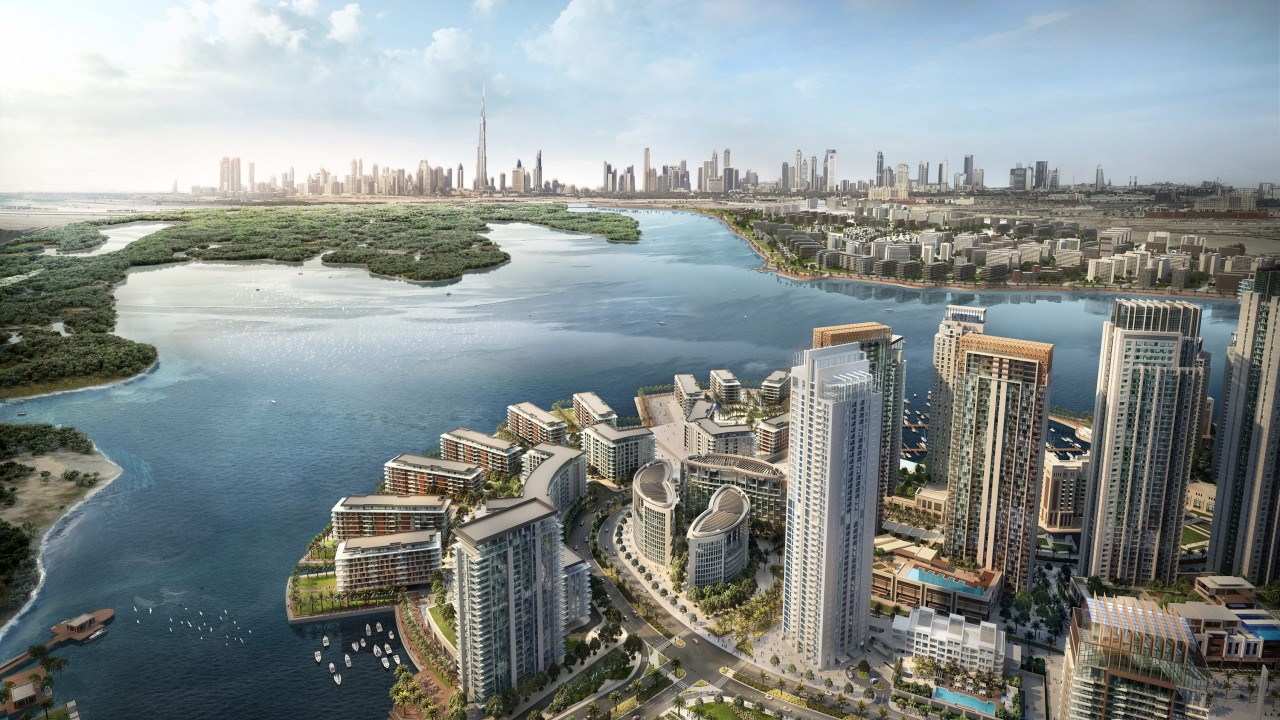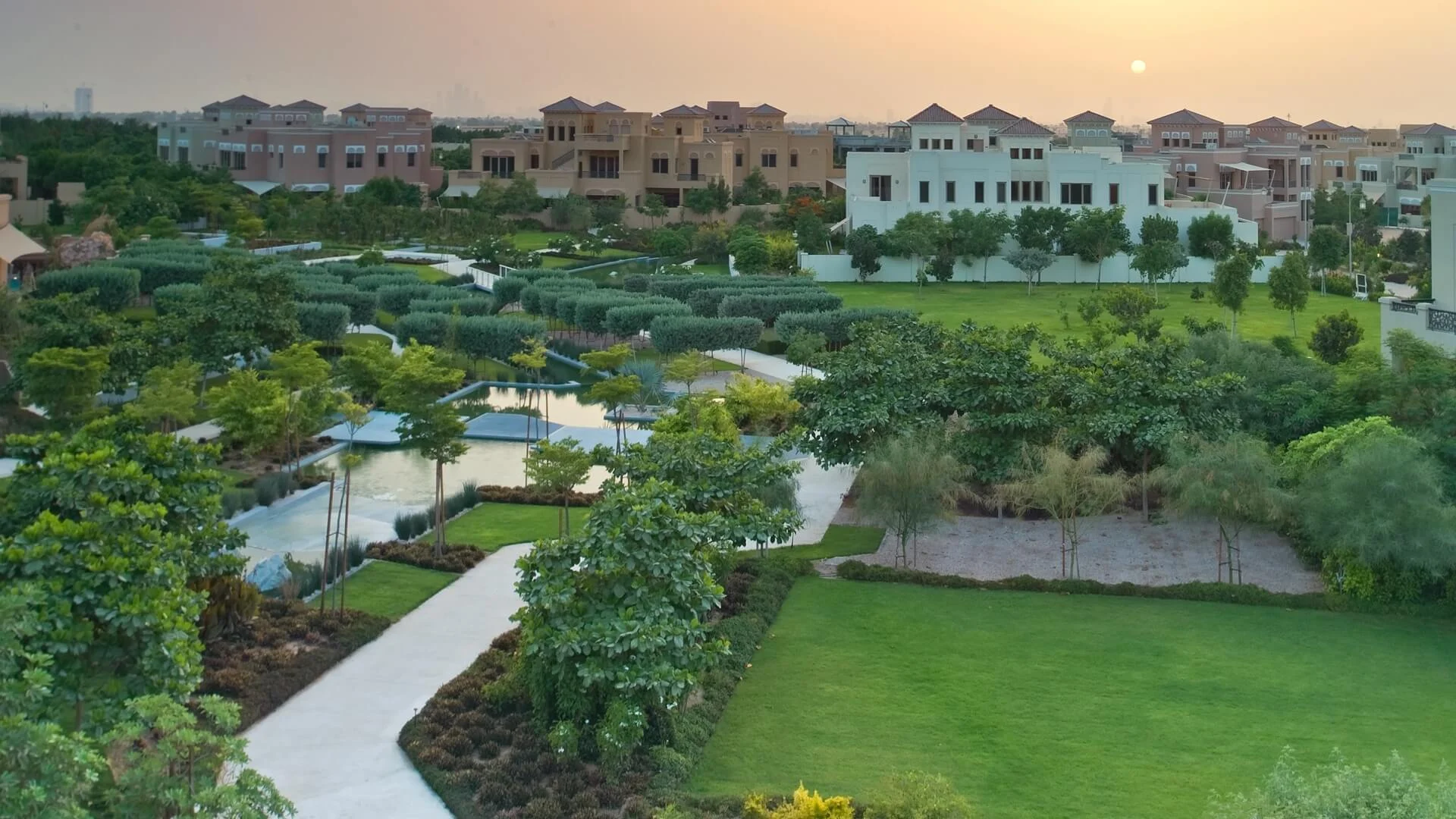Now Reading: Real Estate Tokenization: The Future of Property Investment in the UAE
-
01
Real Estate Tokenization: The Future of Property Investment in the UAE
Real Estate Tokenization: The Future of Property Investment in the UAE
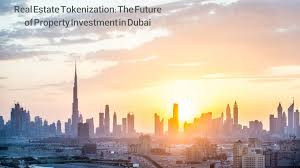
Table of Contents
The UAE real estate market, valued at AED 1 trillion in 2024 with over 300,000 transactions, is undergoing a transformative shift through tokenization as of May 31, 2025. Tokenization converts property ownership into digital tokens on blockchain, enabling fractional ownership, increased liquidity, and global accessibility. Led by Dubai’s Real Estate Tokenization Project, launched by the Dubai Land Department (DLD) in March 2025, the UAE is pioneering this innovation, with projections estimating a AED 60 billion tokenized market by 2033.
Supported by the Dubai 2040 Urban Master Plan, Abu Dhabi Economic Vision 2030, and robust regulations from the Virtual Assets Regulatory Authority (VARA), tokenization is reshaping investment in Dubai, Abu Dhabi, and Sharjah. This analysis explores the mechanics, benefits, risks, and strategies for tokenized real estate, focusing on its potential to redefine property investment in the UAE by 2040.
1. Overview of Real Estate Tokenization in the UAE

What is Real Estate Tokenization?
- Definition: Tokenization involves converting property ownership rights into digital tokens recorded on a blockchain, representing fractional shares of a physical asset. Example: A AED 10 million property can be divided into 10,000 tokens, each worth AED 1,000, tradable digitally.
- Technology: Utilizes blockchain (e.g., XRP Ledger) for secure, transparent, and immutable records, with smart contracts automating transactions and income distribution.
- Market Impact: Projected to account for 7% of Dubai’s real estate market (AED 60 billion) by 2033, with global tokenization reaching $19.4 billion by 2033 at a 21% CAGR.
UAE Context
- Market Size: UAE real estate transactions reached AED 1 trillion in 2024, with Dubai at AED 761 billion (226,000 deals), Abu Dhabi at AED 150 billion (50,000), and Sharjah at AED 20 billion (25,000).
- Regulatory Framework: Governed by VARA, Emirates Securities and Commodities Authority (ESCA), and DLD’s Real Estate Evolution Space (REES). Dubai Law No. 4/2022 and Administrative Decision No. 1/2023 ensure compliance.
- Key Initiatives:
Emirate-Specific Developments
- Dubai: Prypco Mint, using XRP Ledger, syncs with DLD records for transparency.
- Abu Dhabi: ADGM’s regulatory sandbox supports tokenization, focusing on Masdar City and Saadiyat Island.
- Sharjah: Emerging interest in Aljada, with platforms like SmartCrowd offering fractional investments.
2. Benefits of Real Estate Tokenization
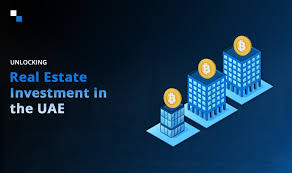
Financial Benefits
- Fractional Ownership: Lowers entry barriers, enabling investments from AED 2,000 vs. AED 2 million for whole properties.
- Liquidity: Tokens can be traded on secondary markets, unlike traditional real estate’s lengthy transactions.
- High Returns: Tokenized properties in prime areas (Downtown Dubai, Saadiyat Island) offer 6–9% rental yields, 5–8% appreciation. Example: AED 100,000 in tokenized Emaar Beachfront yields AED 6,000–9,000 annually.
- Cost Efficiency: Reduces transaction costs by 50% via blockchain, eliminating intermediaries.
Accessibility and Transparency
- Global Reach: Platforms like Prypco Mint plan global expansion, currently limited to UAE ID holders.
- Transparency: Blockchain ensures immutable records, reducing fraud. DLD integration syncs tokenized deeds with official ledgers.
- Investor Empowerment: Platforms provide pricing, risk factors, and technical details for informed decisions.
Strategic Benefits
- Diversification: Investors can hold tokens across multiple properties, reducing risk. Example: AED 100,000 split into Dubai Marina, Saadiyat, and Aljada tokens.
- Sustainability: Tokenized eco-projects (e.g., Masdar City) align with Law No. 16 of 2023, offering 10–15% premiums.
- Tourism Appeal: Tokenized holiday homes in Dubai Marina yield 8–12% with 30 million tourists by 2026.
3. Risks of Real Estate Tokenization
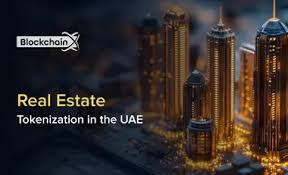
Financial Risks
- Market Correction: 3–5% price decline in non-prime areas (JVC, Al Nahda) due to 100,000-unit supply may impact token values.
- Volatility: Token prices may fluctuate with market sentiment, unlike stable traditional assets.
- Upfront Costs: Platform fees, 4% DLD/SRERD fees, and 2% broker fees apply. Example: AED 100,000 investment incurs AED 6,000 in fees.
Regulatory Risks
- Evolving Framework: Cross-border regulations are nascent, requiring case-by-case token classification (security vs. utility).
- Compliance Costs: 9% Corporate Tax on profits above AED 375,000, TP documentation for RPTs above AED 40 million, with AED 1 million penalties.
- DMTT: 15% for MNEs (≥ €750 million revenue) from January 1, 2025, affects large investors.
Technical Risks
- Platform Reliability: Dependence on platforms like Prypco Mint, SmartCrowd risks technical failures or hacks.
- Lead Time: Tokenization workflows take 2–4 months, delaying investment returns.
- Integration Challenges: Syncing blockchain with traditional registries requires robust infrastructure.
Market Risks
- Oversupply: 100,000 units (76,000 Dubai, 15,000 Abu Dhabi, 10,000 Sharjah) may depress non-prime token values.
- Adoption Barriers: Limited awareness and UAE ID restrictions in pilot phase hinder global uptake.
- Global Risks: Oil price volatility may deter 25% of non-resident investors.
4. Strategies for Tokenized Real Estate Investment
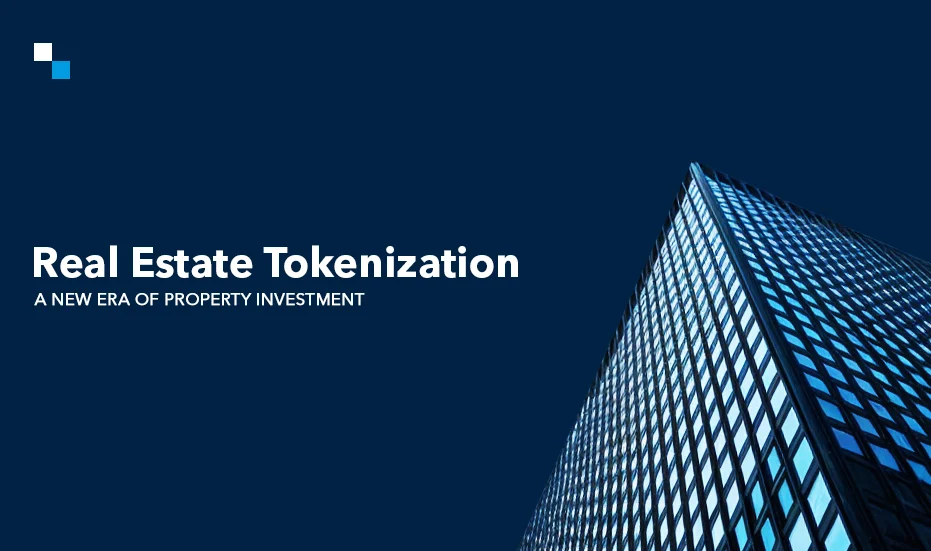
Investment Strategies
- Select Prime and Emerging Areas:
- Target tokenized properties in Dubai’s Downtown, Abu Dhabi’s Saadiyat, or Sharjah’s Aljada for 6–9% yields. Example: AED 100,000 in Saadiyat tokens yields AED 6,000–9,000 annually.
- Diversify Token Portfolio:
- Allocate 50% to Dubai (e.g., Emaar Beachfront), 30% to Abu Dhabi (Masdar City), 20% to Sharjah (Aljada) to balance risk.
- Focus on Licensed Platforms:
- Use DLD-approved platforms like Prypco Mint, SmartCrowd for security. Example: AED 2,000 Prypco Mint investment in Dubai Marina.
- Invest in Sustainable Projects:
- Target tokenized eco-properties (The Valley, Masdar City) for 10–15% premiums, 20–30% utility savings.
- Plan for Secondary Trading:
Operational Strategies
- Compliance Management:
- Register with EmaraTax by March 31, 2025, use TPGenie for TP documentation.
- Engage Deloitte, KPMG for CT, DMTT compliance in Q4 2025.
- Platform Due Diligence:
- PropTech Utilization:
- Use Dubai REST, Property Finder for market analytics, reducing risks by 15–20%. Example: VR tours save AED 10,000 in viewing costs.
Risk Mitigation
- Cost Management:
- Leverage high-value employment tax credits (AED 300,000 on AED 3 million salary).
- Market Monitoring:
- Track DLD, ADRE, SRERD data to avoid oversupplied areas.
- Regulatory Awareness:
- Technical Safeguards:
5. Recommendations for 2025
- Immediate Actions (Q1–Q2 2025):
- Action: Register with EmaraTax by March 31, 2025, invest AED 100,000 in Prypco Mint for tokenized Dubai Marina properties (6–9% yield).
- Example: AED 100,000 yields AED 6,000–9,000 annually by 2028.
- Rationale: Secures early access, mitigates correction risks.
- Strategic Investments (2025):
- Action: Allocate AED 200,000 across Dubai’s Emaar Beachfront, Abu Dhabi’s Saadiyat Grove, and Sharjah’s Aljada, using 0% CT in free zones.
- Example: AED 100,000 in Saadiyat tokens yields AED 6,000–9,000 annually.
- Rationale: Diversifies risk, leverages growth.
- Diversified Portfolio:
- Action: Invest 50% in Dubai (AED 100,000), 30% in Abu Dhabi (AED 60,000), 20% in Sharjah (AED 40,000) via SmartCrowd, MultiBank.io.
- Example: AED 40,000 in Aljada tokens yields AED 2,000–2,800 annually.
- Rationale: Balances high returns with affordability.
- Long-Term Vision (2026–2040):
- Action: Focus on tokenized smart, net-zero homes in Dubai’s The Valley, Abu Dhabi’s Masdar City for 7–10% ROI by 2035, targeting 30 million tourists.
- Example: AED 200,000 in Masdar City tokens yields AED 14,000–20,000 annually.
- Rationale: Aligns with Net-Zero 2050, tourism growth.
- Operational Excellence:
- Use PropTech (Dubai REST, TPGenie), engage KPMG for compliance, apply for Emirates Energy Award 2025 by March 1, 2025.
Conclusion
As of May 31, 2025, real estate tokenization is revolutionizing property investment in the UAE, with Dubai’s Prypco Mint and MAG Group’s $3 billion deal leading the charge. Offering 6–9% yields, fractional ownership from AED 2,000, and 50% lower transaction costs, tokenization enhances accessibility and liquidity in a AED 1 trillion market. Supported by VARA, DLD, and blockchain platforms like XRP Ledger, the UAE is set to capture 7% of Dubai’s real estate (AED 60 billion) by 2033. Risks like market corrections, regulatory costs, and technical challenges require strategic planning. By investing in licensed platforms, diversifying across emirates, and leveraging PropTech, investors can harness tokenization to build wealth in the UAE’s dynamic real estate market by 2040.
read more: Off-Plan Properties in the UAE: Risks and Rewards for Investors
watch more



